Are you a Baby Witch or a Wiccan initiate? Delving into spells, rituals, herbs, and potions is always an integral part of witchcraft. Let’s start with some common witchy ingredients!
Since time immemorial, witches and practitioners of the occult have used various herbs and plants in their spells and rituals, often referring to these botanicals by cryptic or poetic witch herb names.
These witch ingredient code names served not only to safeguard their trade and protect them from persecution but also to add a layer of mysticism to their craft.
This ancient spiritual craft has survived and sustained itself through bias, persecution, and witch hunts, and has won wide popularity and acceptance in our contemporary society.
With that, many of these code names and the plants they represent continue to hold their existence in modern witchcraft.
If you come across the names of these witchy ingredients, you might ignore or overlook them, thinking these are just make-believe names or fragments of the imagination of some author.
Little do you know that you accidentally chanced upon some best-kept secrets of an ancient craft that is still very much in practice.
Intrigued? Let’s delve into the magical genius of ancient wise women (and men) who came up with these Witch ingredient code names.
Read Garden And Kitchen Witchcraft: 5 DIY Rituals For A Modern Everyday Witch!
Secret Codes Of 8 Witchy Ingredients Still In Use For Magical Practices
Here are the witch code names for plants and herbs that remain staple ingredients in the contemporary practices of spell-casting or magical rituals.
1. Eye of Newt: Mustard Seed
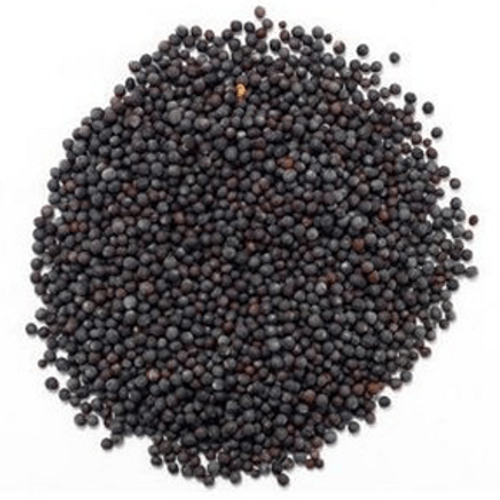
Far from the eye of an actual newt, this term refers to the humble mustard seed and is used for protection spells and to increase the potency of any spell.
In modern witchcraft, they’re often used to create a protective shield around the caster or a space by strengthening spiritual defenses.
These tiny seeds are symbols of faith; just like how a small seed can grow into a big plant, a little faith can lead to great change.
They may be sprinkled around properties for protection or placed in amulets as charms against negativity.
In spellwork, they amplify the effectiveness of the spell’s effects. This belief is based on how even the smallest actions can have powerful consequences.
2. Wolfsbane: Aconite
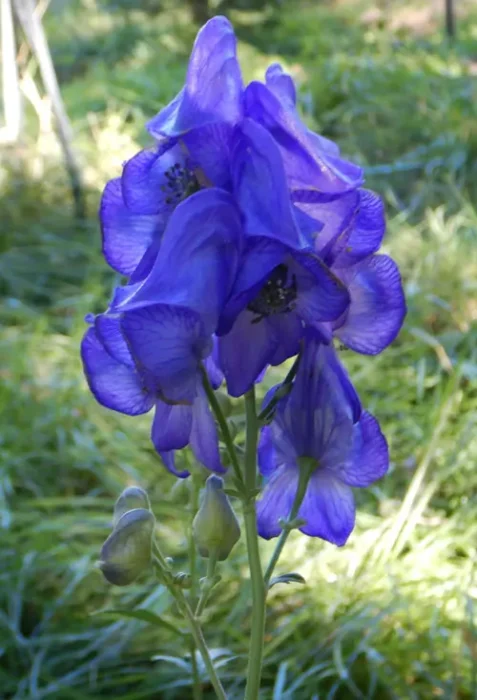
A toxic flower with no room for error. Wolfsbane, known scientifically as Aconite is employed with care during rituals that deal with dark entities and banishing energies.
Once associated with protection against werewolves and evil spirits, it symbolizes physical and ethereal threats in more contemporary practices.
It’s rarely used directly but may be included in talismans or symbolic rituals that invoke strong protective barriers.
This herb is part of witchcraft that emphasizes respect for nature’s power—its ability to heal but also harm.
3. Lion’s Tooth: Dandelion
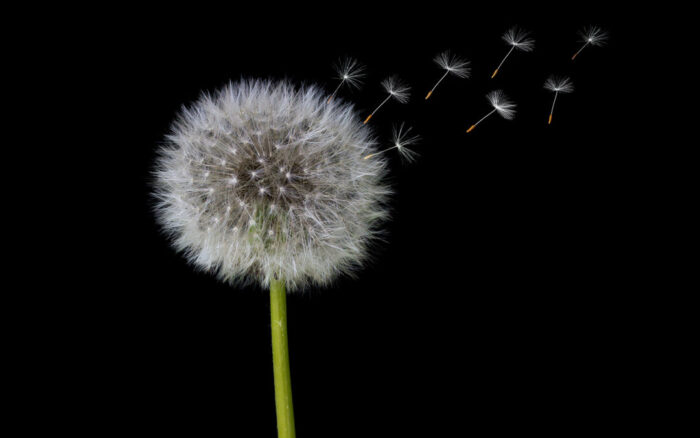
Dandelions aren’t always seen as weeds. In fact, this resilient plant has many magical uses when it comes to wish fulfillment spells, divination practices, and spirit-calling rituals.
Modern practitioners utilize every part from root to stem in their craft when it comes to dandelions’ versatile magic.
This adaptable herb is associated with growth, clarity, and transformation thanks to its embodiment of the sun’s energy.
Symbolically sending wishes into the universe by blowing dandelion seeds has become known through pop culture as well as real-life magical acts.
4. Witches’ Aspirin: Willow Bark
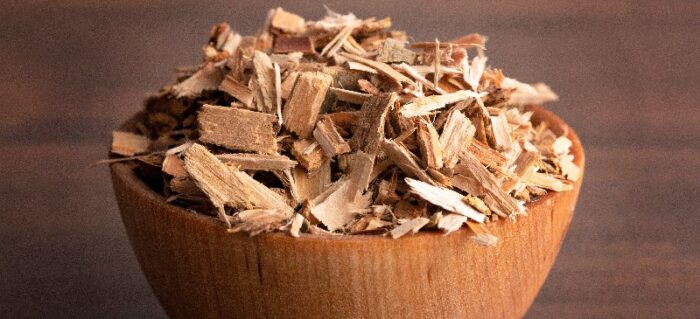
The bark of the willow tree is often referred to as “Witches’ Aspirin” due to its healing properties, especially in pain relief spells.
Its strong association with water and the moon also makes it a powerful ingredient for emotional healing, fertility, and other types of magic.
Willow bark helps promote emotional resilience and soothes sorrows when used in healing rituals.
It’s also used in fertility spells, drawing on its watery and growth-like attributes. It’s also used for its psychic power-enhancing properties, aiding in divination and intuitive work.
Carrying yarrow or incorporating it into rituals can protect against negative energy and psychic attacks, fostering a safe space for emotional and spiritual growth.
It embodies the balance between vulnerability and strength, encouraging healing and love.
5. Devil’s Apple/Berry: Belladonna
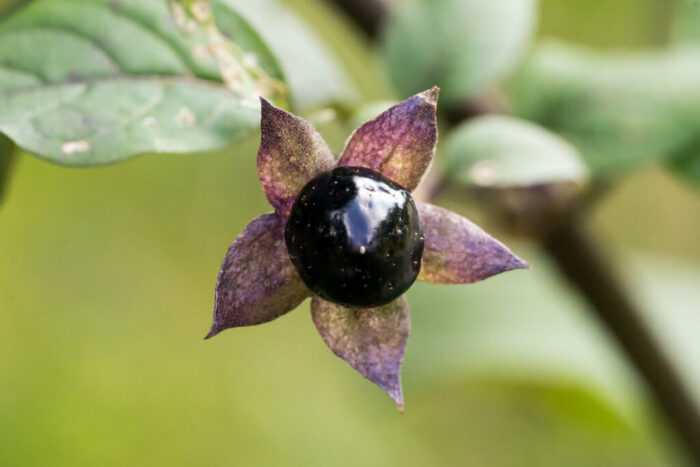
It’s called plenty of things, but one name that has really stuck to the “Belladonna” is “Devil’s apple” or “Devil’s berry”. Yes, this plant is tricky for its hallucinogenic and toxic properties.
In modern witchcraft, it’s used as a symbol to show the fragile barriers between physical and spiritual realms.
It’s used in spells for astral projection, visionary work, and unlocking the mysteries of the unconscious.
However, using too much of this can be dangerous. Just a small amount or maybe even using it as a representation should get you what you need.
While it does do all these magical things it also wants you to remember how powerful and dangerous magic can be. So while it’ll guide you into your shadow self through deep insights into your psyche, be careful when playing with fire.
6. Elfleaf: Yarrow
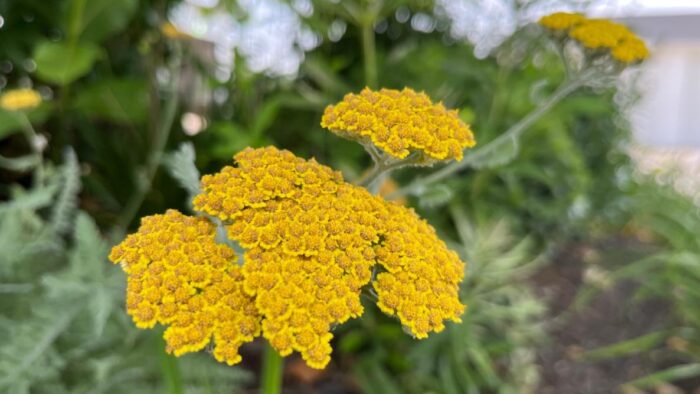
Elfleaf or yarrow is loved for its protective and healing properties within psychic works. Witches and magic practitioners mostly use this for love spells!
It’s believed to help you attract new loves, heal old ones, and remove obstacles – so no matter where you’re at in your journey, this herb has got your back!
With that being said, yarrow will keep negative energy away from all relationships – not just romantic ones though.
Also, protection is one of its specialties and it enhances psychic power which makes divination more accurate and intuitive work stronger.
Carrying yarrow or incorporating it into rituals can protect against negative energy and psychic attacks, fostering a safe space for emotional and spiritual growth. It embodies the balance between vulnerability and strength, encouraging healing and love.
Read How Do You Cast A Love Spell? 8 Secrets From A Traditional Witch’s Handbook
7. Fairy Wings: Lavender
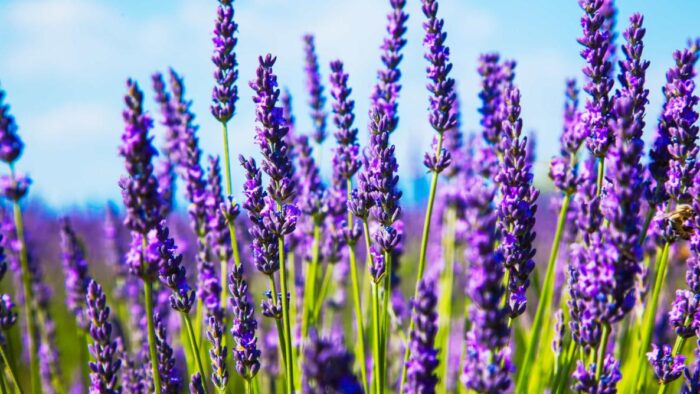
Lavender is beloved for its calming scent and properties. Used in spells for peace, restful sleep, and love, lavender aids in purification and attracting good spirits.
Its calming scent is used to soothe troubled minds, promote restful sleep, and attract loving energies.
Lavender’s purifying properties make it ideal for cleansing rituals; whether it’s clearing a space of negative energy or preparing for new beginnings.
Lavender represents gentleness and peace. It’s a powerful ally in attracting positive spirits and fostering serene environments.
It can be added to love sachets, burned as incense for purification, or used in baths for relaxation.
8. Lion’s Mane: Hericium erinaceus (Mushroom)
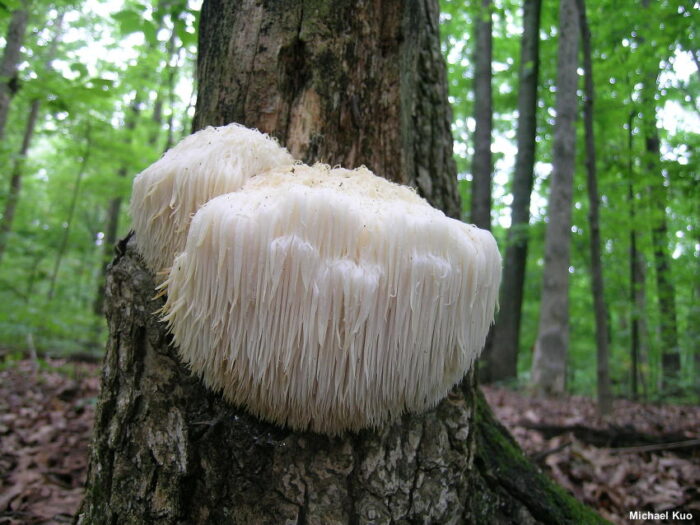
It’s a distinctive mushroom resembling the shaggy mane of lions. It’s renowned for boosting cognitive functions and neurological health, with potential benefits in memory, focus, and nerve regeneration.
Used in traditional Chinese medicine, research indicates it may promote nerve growth factors, helping prevent neurological diseases.
- Enhancing Mental Clarity and Focus: Practitioners may use Lion’s Mane in spells and rituals aimed at boosting mental clarity, focus, and wisdom. It’s believed to aid in concentration and the absorption of new information, making it ideal for study spells or when embarking on new ventures requiring sharp intellect.
- Spiritual Growth and Meditation: Due to its potential to enhance cognitive functions and neurological health, Lion’s Mane can be incorporated into meditation practices or spells designed to deepen spiritual awareness and intuition. It’s thought to facilitate a clearer connection with the spiritual realm and enhance meditative experiences.
- Healing and Protection Rituals: Lion’s Mane’s purported anti-inflammatory and immune-boosting properties make it a candidate for spells and potions focused on physical and psychic protection, as well as healing. It can be used in rituals to promote overall health and safeguard against negative energies.
- Memory and Ancestral Work: Given its association with memory enhancement, Lion’s Mane can be used in practices related to remembering past lives or connecting with ancestral knowledge. It’s believed to help unlock the subconscious mind and access hidden memories.
- Potions and Elixirs: Lion’s Mane can be incorporated into magical potions, elixirs, or teas consumed before engaging in magical work that requires high cognitive function or during healing rituals. It’s thought to empower the potion with its beneficial properties, transferring those directly to the practitioner.
- Talisman and Amulets: Dried Lion’s Mane or products derived from it can be carried as a talisman or included in amulets to promote mental agility, protect against mental fog, and encourage emotional balance.
- Psychic Abilities and Divination: For practices involving divination or the enhancement of psychic abilities, Lion’s Mane might be used to clear mental blocks and open the third eye, facilitating clearer visions and intuitive insights.
Those are the witch code names for plants and herbs that are still very much in use. They carry with them centuries of wisdom, bridging the gap between the old world and modern witchcraft practices.
Their continued use today is a testament to their enduring power and the deep connection between nature and the mystical.
Read 8 Ancient Pagan Practices That You Still Do Unknowingly!
Can you add any more similar witchy ingredients to this list of mysterious witch herb names? Leave a comment below!
Frequently Asked Questions
What are some safer ingredients to make a magical potion?
Here are some ingredients that are used to make safe and benign potions:
Witches’ fingernails – Pistachio shells.
Fairy needles – Pine needles.
Dragon scales – Small pieces of bark.
Rabbit droppings – Raisins.
Ground magical mountain rocks – Flour.
What is in a witch potion?
In a typical witch’s potion or witch’s brew, natural ingredients like mandrake root extract, henbane leaves, areca nut, and yellow hemp are used.
What is in a witch’s cauldron?
In modern witchcraft or wiccan practice, a cauldron is often a symbolic representation of transformation and can be used for ritualistic customs for bringing in healing, positivity, protection, luck, or abundance. Depending upon the intention, practitioners can burn ingredients like camphor, herbs, charcoal, bay leaf, etc.
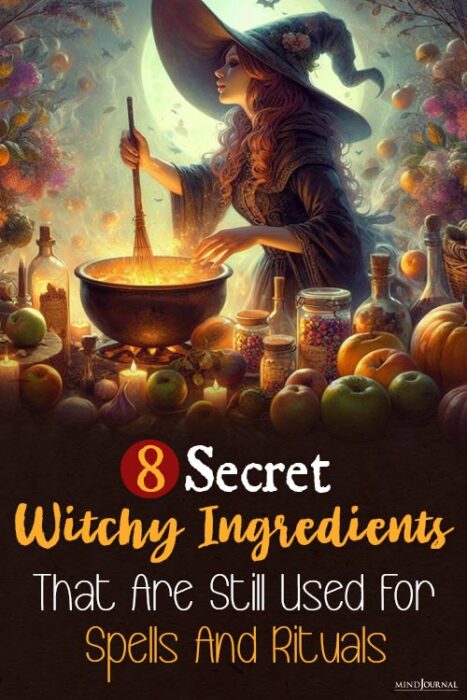
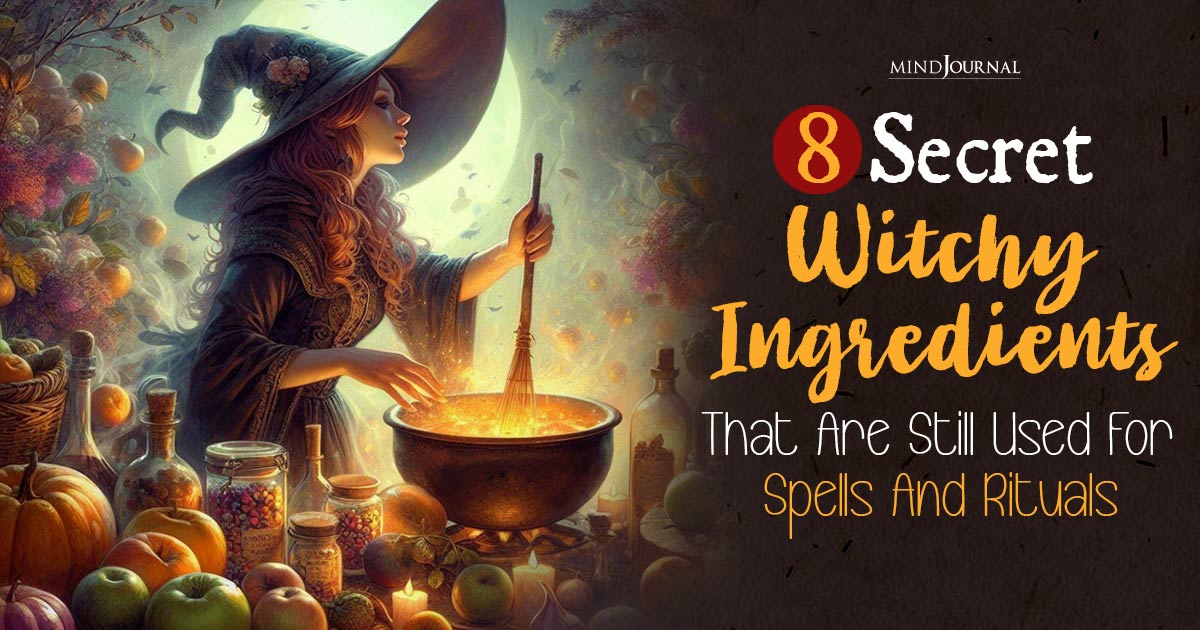


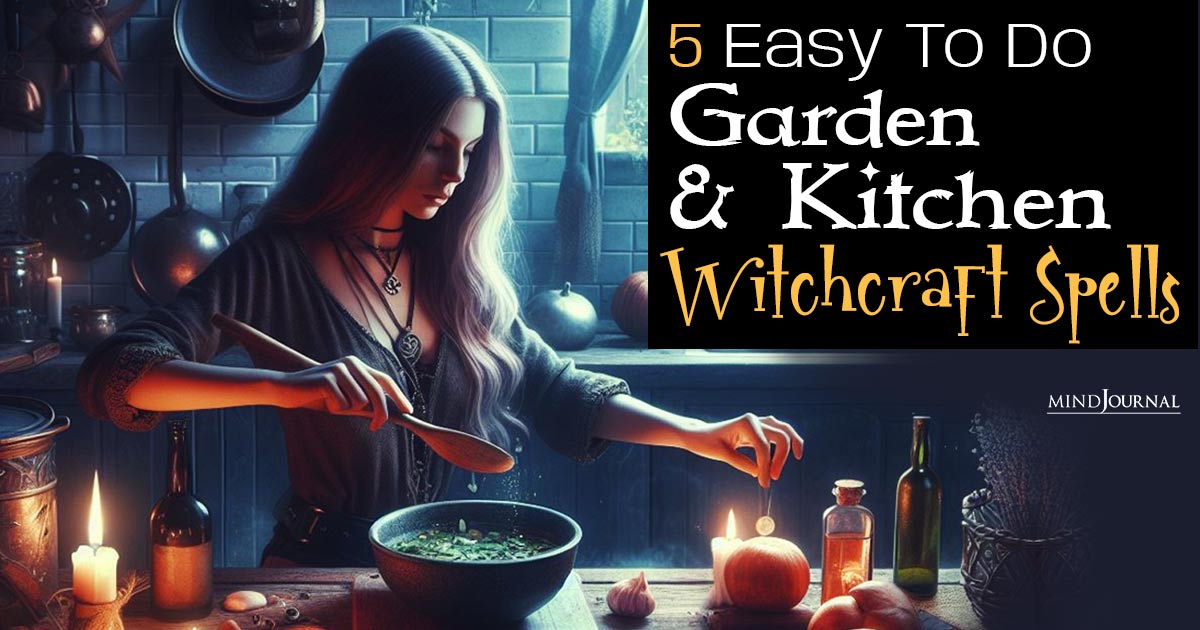
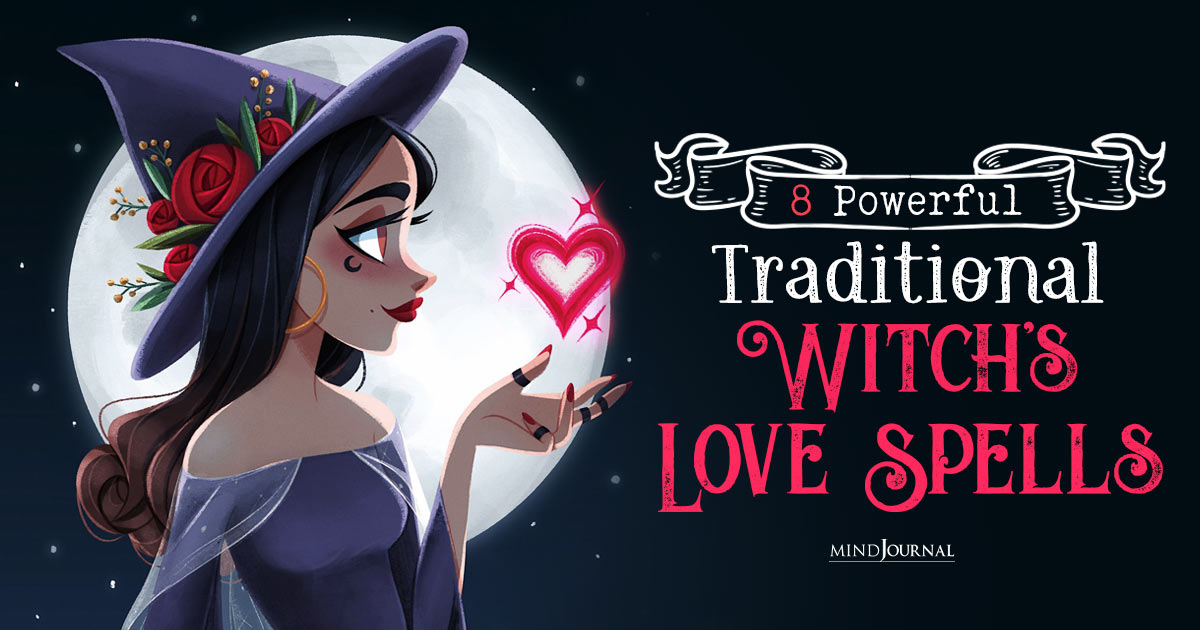


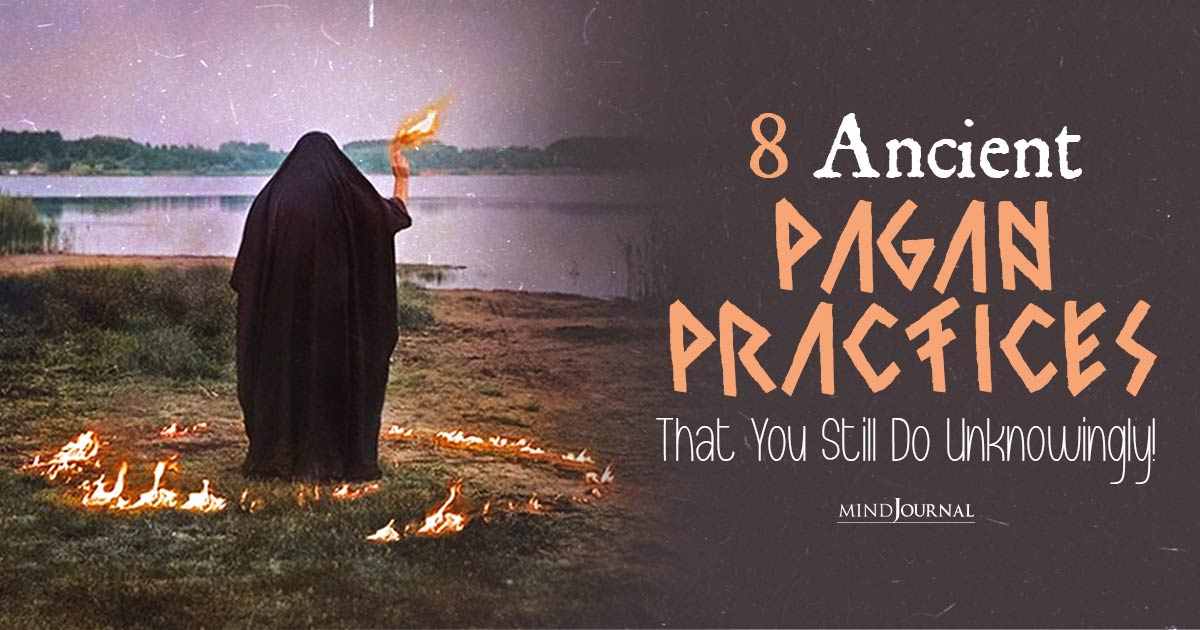
Leave a Reply
You must be logged in to post a comment.